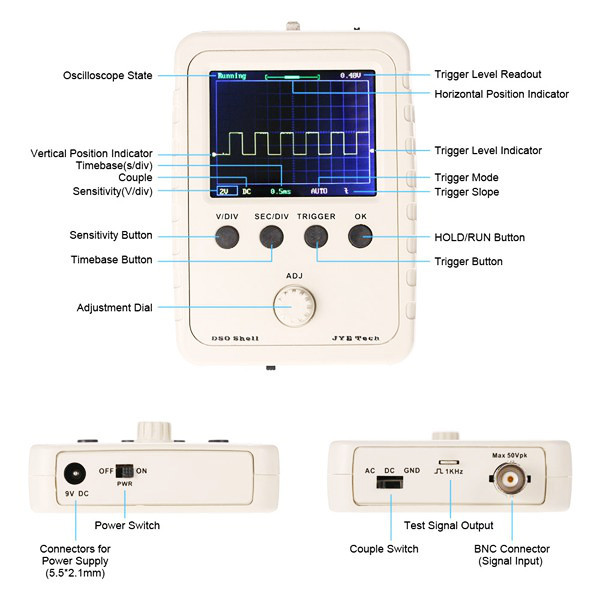
Original JYETech DSO-SHELL DSO150 15001K DIY Digital Oscilloscope Unassembled Kit With Housing
| Qty: | 4-7 | >=8 |
| Price: | 0.00 | 0.00 |
More Details






customers reviews ( 10 )
By transferx
By foksa
By reru48
By Belik
By D1rTy_H4rRy_GR
By Morten
By mxim2
By therealprof
By GSANV
By norwenkel

 /English
/English























